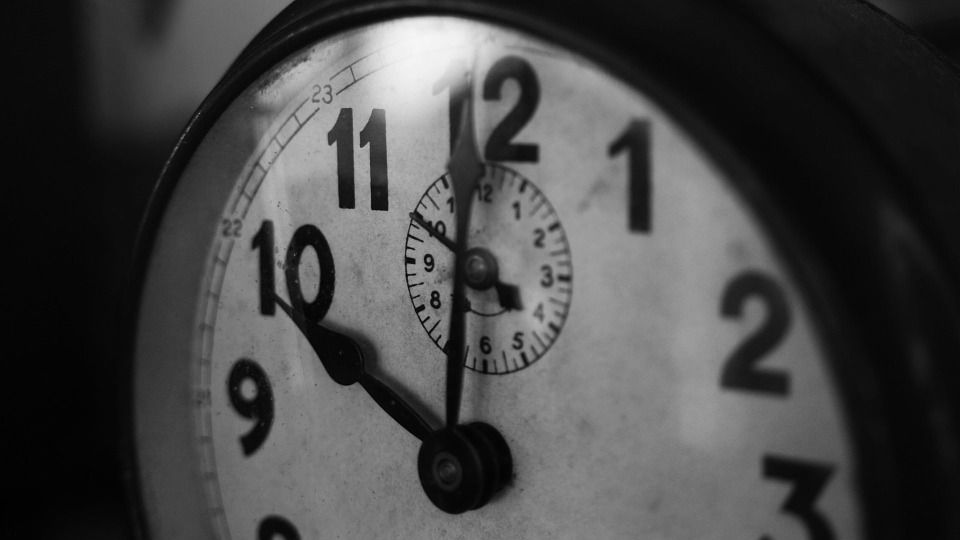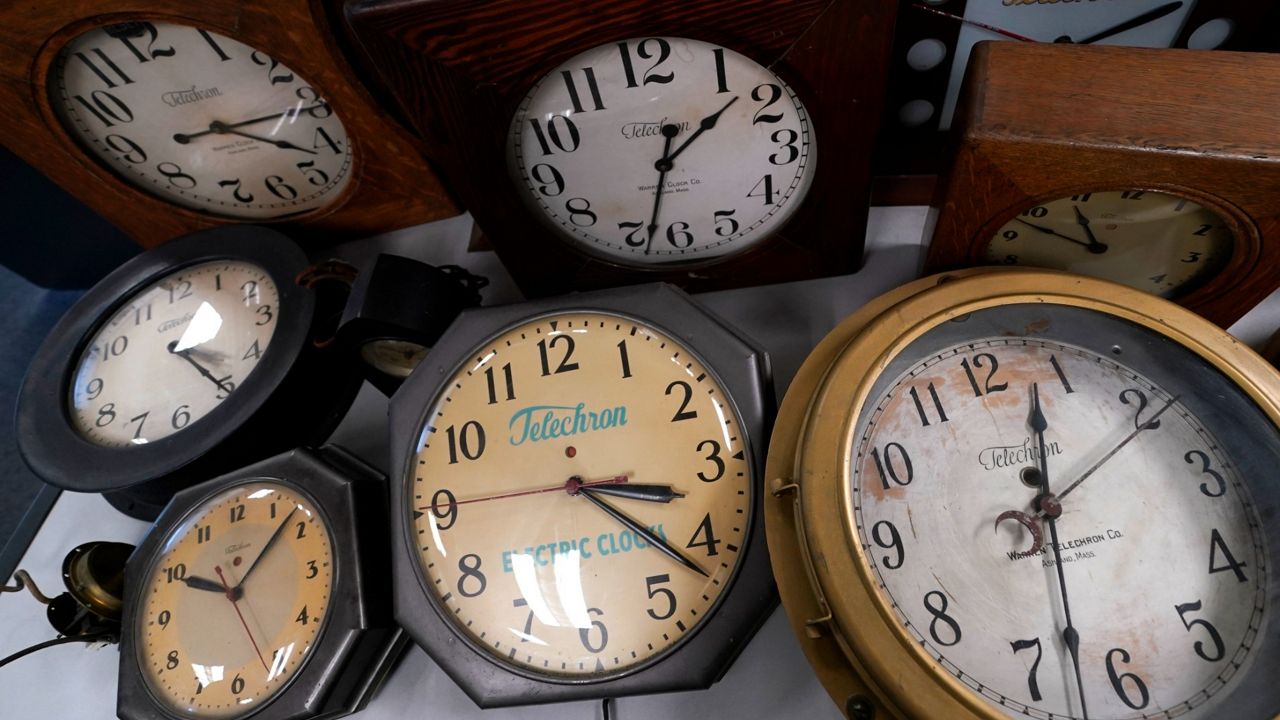Sunday sees a return to standard time when we set the clocks back one hour.
Why is this idea of 'shifting time' so beneficial to us, and where did it all start?

Some credit Benjamin Franklin for this concept, who suggested it as a joke.
Others link it to New Zealand entomologist George Hudson, who recommended a shift of two hours so he could “catch bugs in the evening.”
A British builder, William Willett, had the audacity to mess with time by moving the clocks ahead by 20 minutes every Sunday in April, only to set them back by this interval in September.
While the origin of this practice may not be exact, it played a role in important time periods of U.S. history.
The United States began the concept of daylight saving time in 1918, during World War I, to save fuel. The thought, by advancing one hour ahead, coal-fired energy would assist the war effort rather than that hour at home.
Standard time returned following the war and continued until World War II. After World War II, some states and even cities kept daylight saving time, creating various time zones within regions. Frustrated with no uniform time, the public pushed Congress to pass the Uniform Time Act in 1966.
This established the time frame that daylight saving time would begin the last Sunday in April and end the last Sunday in October.
In 1987, it extended to include the first Sunday in April and end on the last Sunday in October.
Part of the Energy Policy Act of 2005, the modern daylight saving time begins on the second Sunday in March and ends on the first Sunday in November.
This current time shift began in 2007.
Hawaii doesn’t take part because of its location. With not much variation throughout the year between sunrise and sunset, it made little sense to switch the clocks.
Only the Navajo Nation in Arizona observes daylight saving time. The rest of the state exempted itself in 1968.
They cited the heat as their reason for opting out, adding that if they switched the clocks ahead one hour, the sun would not set until 9 p.m. in the summer, limiting nighttime activities.

The Department of Transportation oversees daylight saving time and all the country’s time zones.
According to the National Conference of State Legislatures (NCSL), "Federal law allows a state to exempt itself from observing daylight saving time, upon action by the state legislature, but does not allow the permanent observance of DST."
While Arizona exempted itself from daylight saving time, 19 other states, including Missouri, have enacted legislation or passed resolutions to provide for year-round daylight saving time.
However, it’s not that easy. Congress would need to allow the change, and sometimes, surrounding states would have to enact the same legislation.
But there is movement in the Capitol.
On March 15, the U.S. Senate voted unanimously in favor of the Sunshine Protection Act, which would make daylight saving time permanent, meaning Americans would no longer have to change their clocks twice a year to account for the time change.
While the Senate passed the bill, the House has yet to vote on it.
According to National Conference of State Legislatures (NCSL), Missouri introduced the bill in 2022, establishing "Daylight Saving as New Standard Time Pact" (Pact).
This bill said that all areas of the state will no longer observe daylight saving provisions of federal law, meaning Missouri would permanently switch their clocks to Daylight Saving. However, this legislation failed.
Of the eight states that border Missouri, five agree, rallying to change to permanent daylight saving time.
Oklahoma would prefer to stay on standard time year-round, and Arkansas and Tennessee have no pending legislation about this change.
Making it more difficult is that regardless of resolutions passed in state legislature, federal law does not allow full-time daylight saving time, thus, Congress would have to act before states could adopt changes.
Back in the spring, I spoke with Jodi Devonshire, owner of Bike Stop Cafe near Main Street in Riverfront St. Charles, who welcomes daylight saving time.
"For a business like ours, it makes all of a difference to have more daylight coming. More people are out later riding along the Katy trail who will then want to come sit out on our patio for dinner."
With the added daylight comes more hours that they are open. They will now close one hour later, at 8 p.m., Thursday to Sunday. By the end of the summer, closing time pushes to 9 p.m. to welcome more patrons.
As a former middle school science teacher, Devonshire loves tracking the amount of daylight the area gains each week. Every Monday on Bike Stop Cafe’s Facebook page, they announce how much additional daylight they get, proving they are looking forward to that extra hour of daylight.
For now, only three states, Florida, Kentucky and Colorado, have enacted legislation to observe daylight saving time year-round, but because of the federal law, this amendment remains pending.
Other states will continue to perform case studies and collect data to see if this shift is beneficial in saving energy, helping improve health and reducing crime.
Daylight saving time will begin again on March 12, 2023, when we set the clocks ahead one hour.




